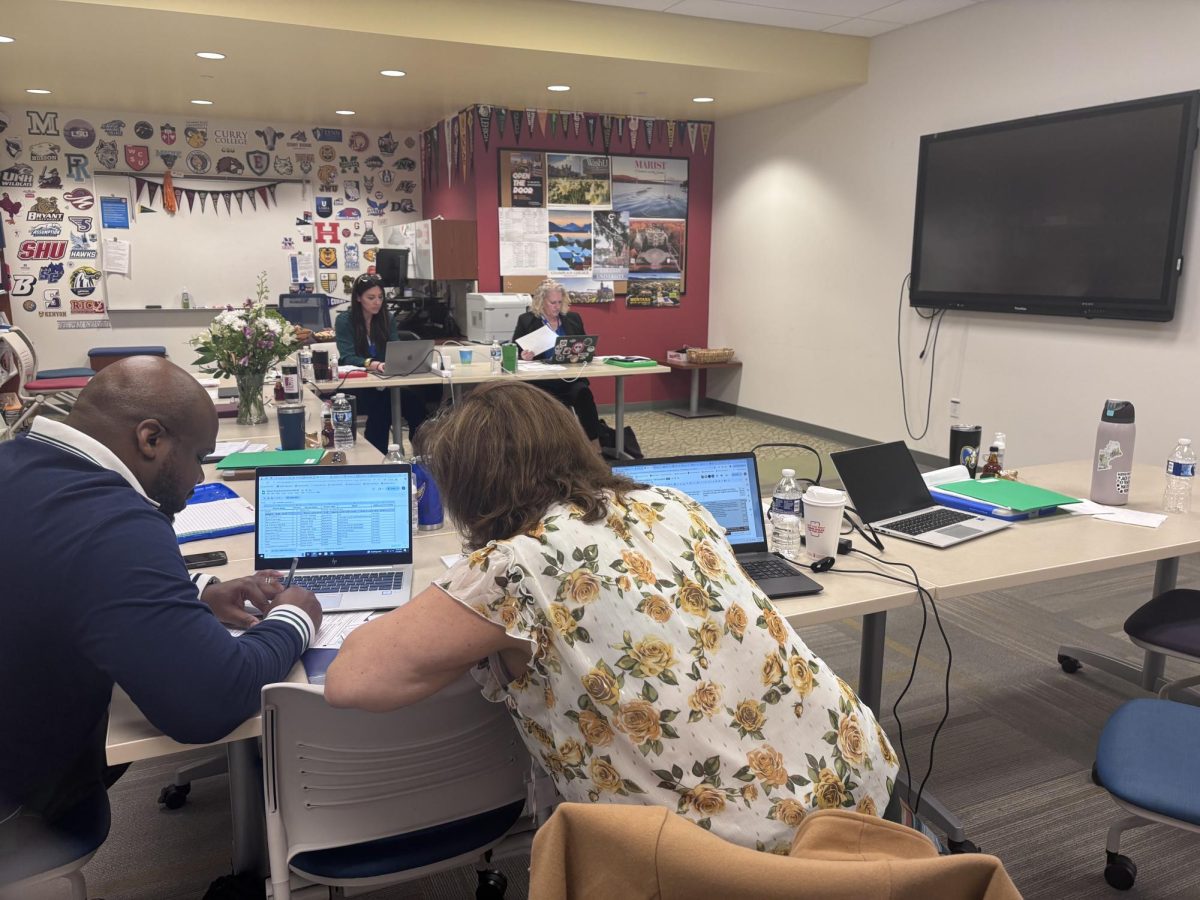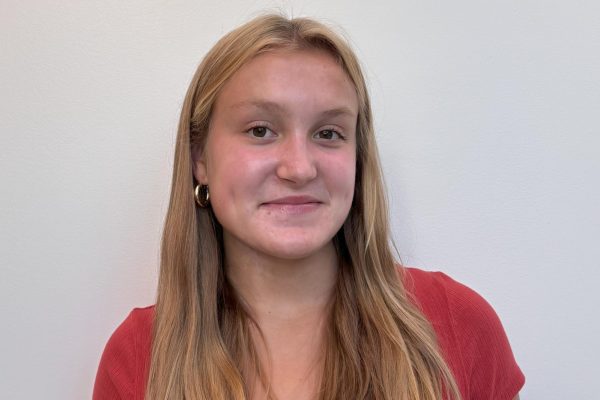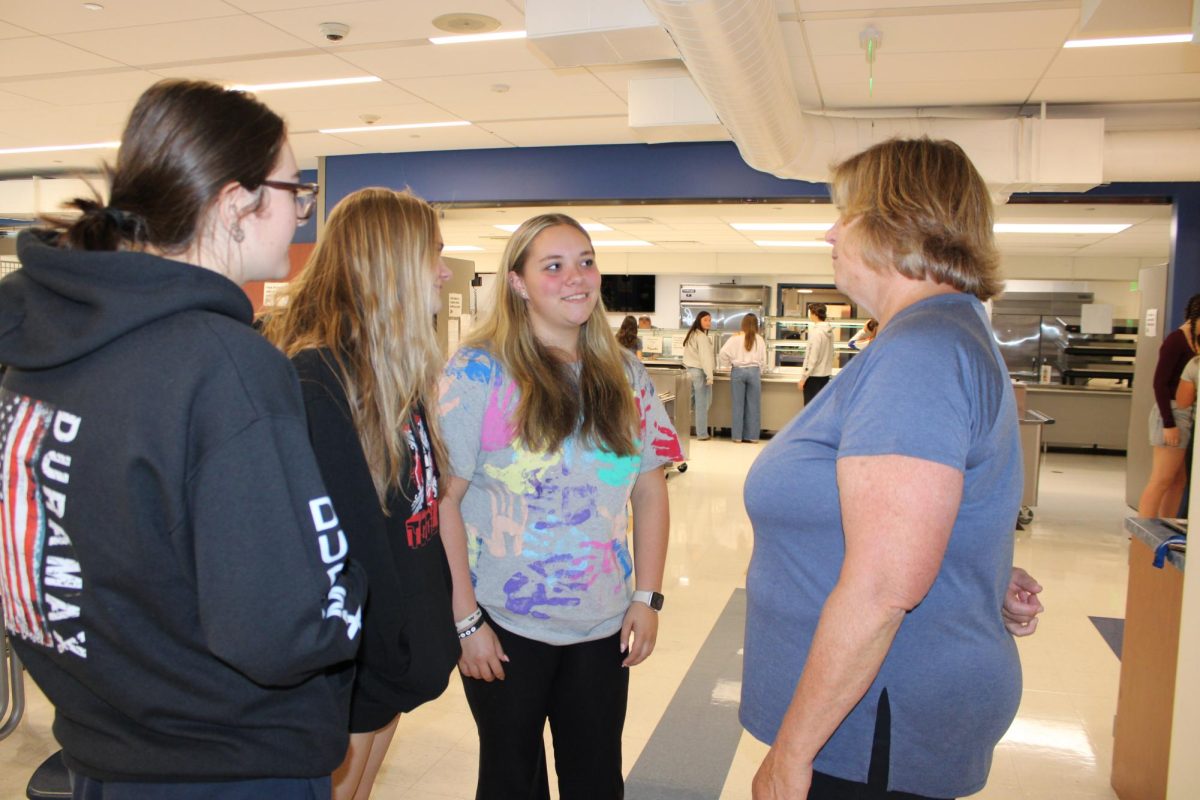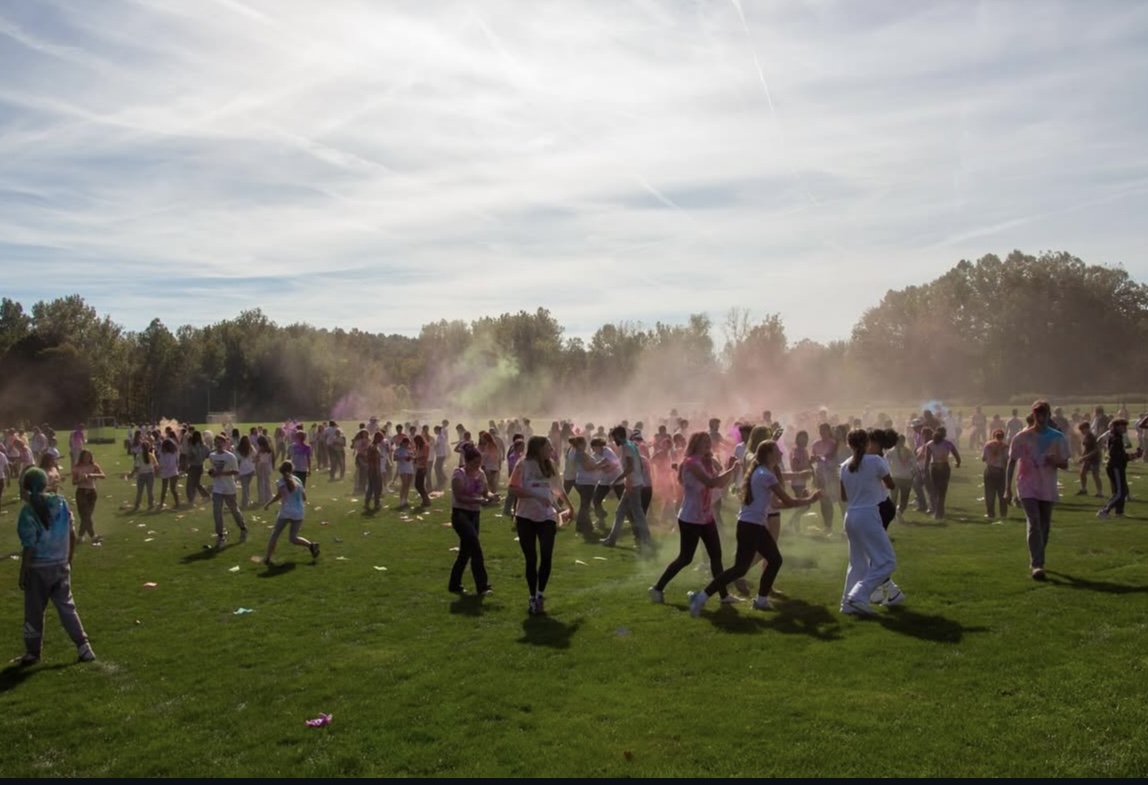WOODBURY — Fake it ‘til you make it?
That might cut it sometimes. But for the New England Association of Schools and Colleges, or NEASC, a superficial front isn’t good enough.
Seven members of the NEASC visiting committee spent time at Nonnewaug from March 31-April 2 for a decennial visit, a once-in-every-10-years accreditation process in which educators assess various aspects of Nonnewaug.
On their first day at NHS, committee members said they witnessed authenticity among faculty and students.
“What we saw is that in each department the staff seems to feel like they’re supported,” said Louis Jackson, the assistant principal at Harding High School in Bridgeport and member of the NEASC visiting committee. “All of the staff that we’ve come in contact with seem to genuinely feel that way, and in our positions, we can kind of tell when people are faking it.”
Although NEASC members do the evaluation, Nonnewaug assistant principal Declan Curtin says that a vital part of it comes from self-reflection.
“One of the best parts of the NEASC process is when you do your self-report,” said Curtin. “It makes you examine your own strengths, weaknesses, areas that you’re doing well and also areas for growth. We identified several of those areas two years ago, and that became our action plan and part of our school improvement plan. We believe we addressed those, and that’s what this visit is about: for them to monitor that progress and also to tell us when we have areas that we still can improve on.”
These areas for improvement are based on individual qualifications that each NEASC member believes schools should strive for in order to create the best environment.
“What I’m looking for is the people,” Jackson said. “It’s how are the people responding to each other? How are the students responding to the teachers? What is the rapport like between administration and staff? Between student and administration? Between student and student? I think all of those dynamics are more important than some of the things that might be on the checklist.”
Curtin believes that NEASC members will find Nonnewaug is a jack of all trades.
“I think they’re going to see that our students are incredibly well involved,” Curtin said. “I don’t know where our students get the hours of the day to do all that they need to do: their sports, their activities, their drama, the arts, the ag program, etc. There’s a lot to offer at the school, and I believe that they’re going to see that in spades.”
Nonnewaug principal Mykal Kuslis had a checklist of his own, involving things like the Mastery-Based Learning Experience and Vision of Learner attributes, that he thinks will stick out to NEASC committee members.
Since the NEASC collaborative conference two years ago, Nonnewaug put into place many changes, and Kuslis is waiting to receive the most recent feedback from NEASC visiting committee members in order to set a plan for the future. The visiting committee gave some preliminary feedback to staff members April 2, and a full report will follow this spring.
“With the changes we made, I think it’s kind of letting it sit and marinate for a little bit,” Kuslis said, “just to kind of see where we need to make small adjustments, and then again, if things are working well or things aren’t working well, then we can make bigger changes. I’m just excited for their feedback.”
Although committee members do give feedback, they mostly offer a different perspective that schools can benefit from seeing.
“Our process isn’t really making people do something they aren’t already doing,” said Jackson. “It’s just making them look more critically at it and from different angles.”
The importance of this decennial check-in is far-reaching, and Nonnewaug put forward its most authentic, best representation.
“Everyone seems to have a very positive energy,” said Laura LaFlamme, program director of Suffield High School agriscience program and member of the NEASC visiting committee. “It’s a gray Monday morning, and it seems like everyone has a want to be here, both teachers and students. There’s kind of that want-to attitude, which is really kind of refreshing to see.”
Besides evaluating schools and giving criticism, NEASC visiting members also learn from seeing both the good and bad aspects of schools.
“I come out here because it’s a chance to see what good things other schools are doing,” said Tony Gasper, the superintendent for Consolidated School District of New Britain and member of the NEASC visiting committee, “and maybe what mistakes other schools are making. I learn a lot from that.”
LaFlamme agrees with Gasper in that NEASC evaluations are a win-win: Both NEASC members and the schools being evaluated benefit.
“I think it brings it back a new energy to our schools, too,” LaFlamme said. “So it’s a reciprocal type of relationship. It’s good to be here and and see what you all are about.”
Even though this is LaFlamme’s first year on the NEASC visiting committee, Nonnewaug fits her vision of school sufficiency.
“Your teachers have been working really hard behind the scenes, and it looks like your administration has developed a vision for the school,” LaFlamme continued. “Students seem to be participating, obviously, in that vision too, so it’s kind of like validating efforts. You guys are on the right path.”











